
Unlock the secrets to a thriving garden with Texas Gardener.
YOUR GARDEN DESERVES THE BEST


Get the Most Out of Your Garden!
Ready to take your gardening to the next level? Texas Gardener Magazine gives you expert advice, seasonal tips, and in-depth articles designed for the unique climate and growing conditions in Texas.
SubSCRIBE & SAVE!
-

6 bi-monthly issues filled with vegetable, fruit, herb, flower, and landscaping tips tailored for Texas gardeners.
-

Our Garden Planning Guide lets you track your progress and gives year-round advice. The help your garden needs.
-

Expert Insights year-round from the top horticulturists in Texas to help you grow smarter, not harder, in all four seasons.
-

Whether you want to look online or have it in your hands you can save big with a yearly subscription on digital or print.
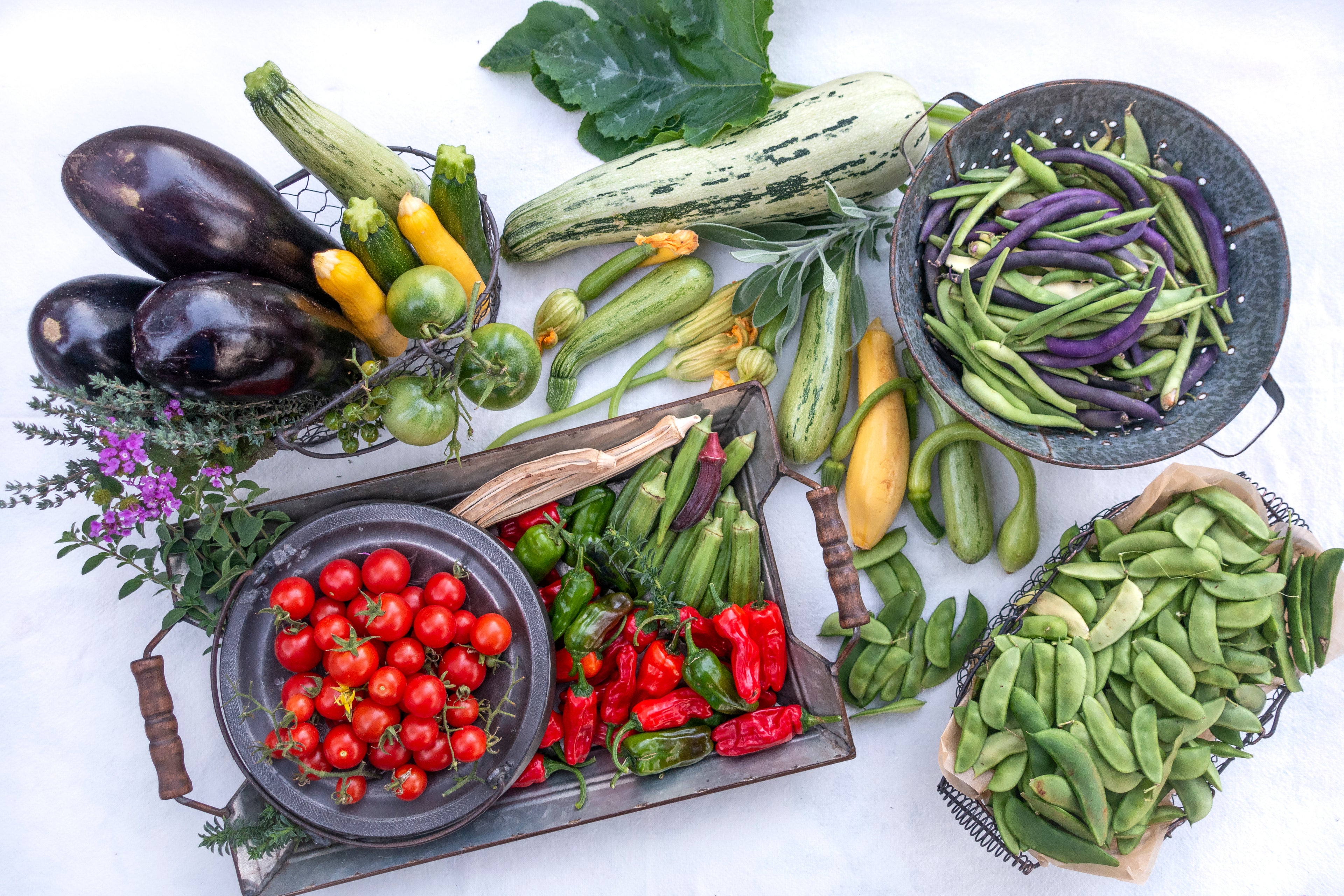
Cultivating Success in Every Texas Garden.

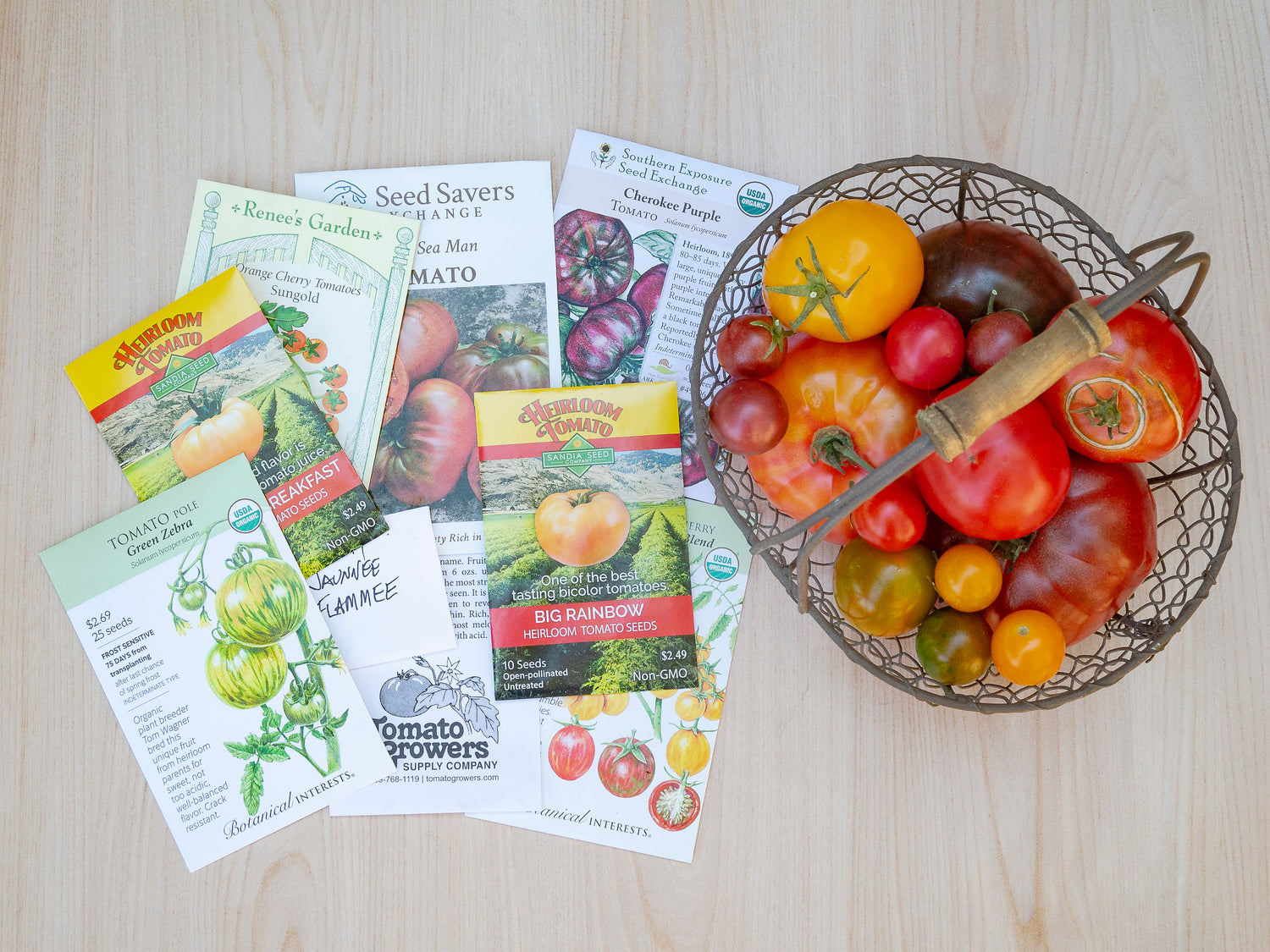
Choose the Right Plants
Foster Growth
At Texas Gardener Magazine, we understand that success in the garden starts with selecting the right plants and knowing when to plant. That’s why each issue provides region-specific guidance on choosing the best plants for Texas’ unique climate, from native flowers to drought-tolerant vegetables and herbs.

Get Inspired & More
Horticultural Experts
At Texas Gardener Magazine, we provide more than just inspiration—we offer expert input that works. Each issue is packed with practical, step-by-step advice from seasoned gardeners, local Master Gardeners, and horticultural experts who understand the unique challenges of Texas gardening. Learn to be a Horticultural Expert yourself!
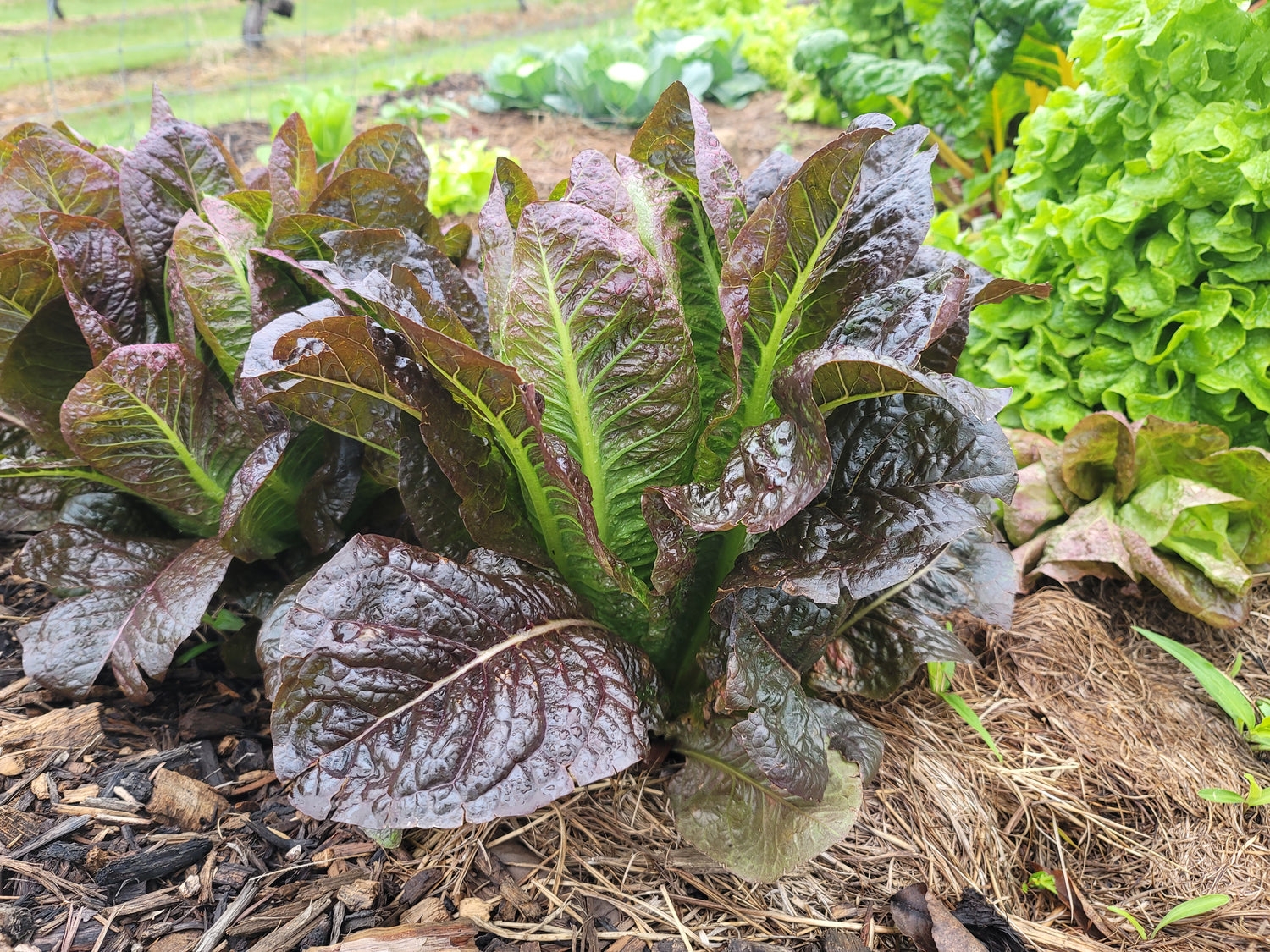
Your Guide To A Better Garden
Tips & Tricks
At Texas Gardener Magazine, we’re here to make gardening easier and more rewarding with our expert tips and tricks. From saving water during hot Texas summers to improving soil health and controlling pests naturally, our advice is tailored to help your garden flourish.Whether you’re looking for creative ways to maximize space, boost plant growth, or extend your growing season, our practical solutions will keep your garden looking its best year-round.
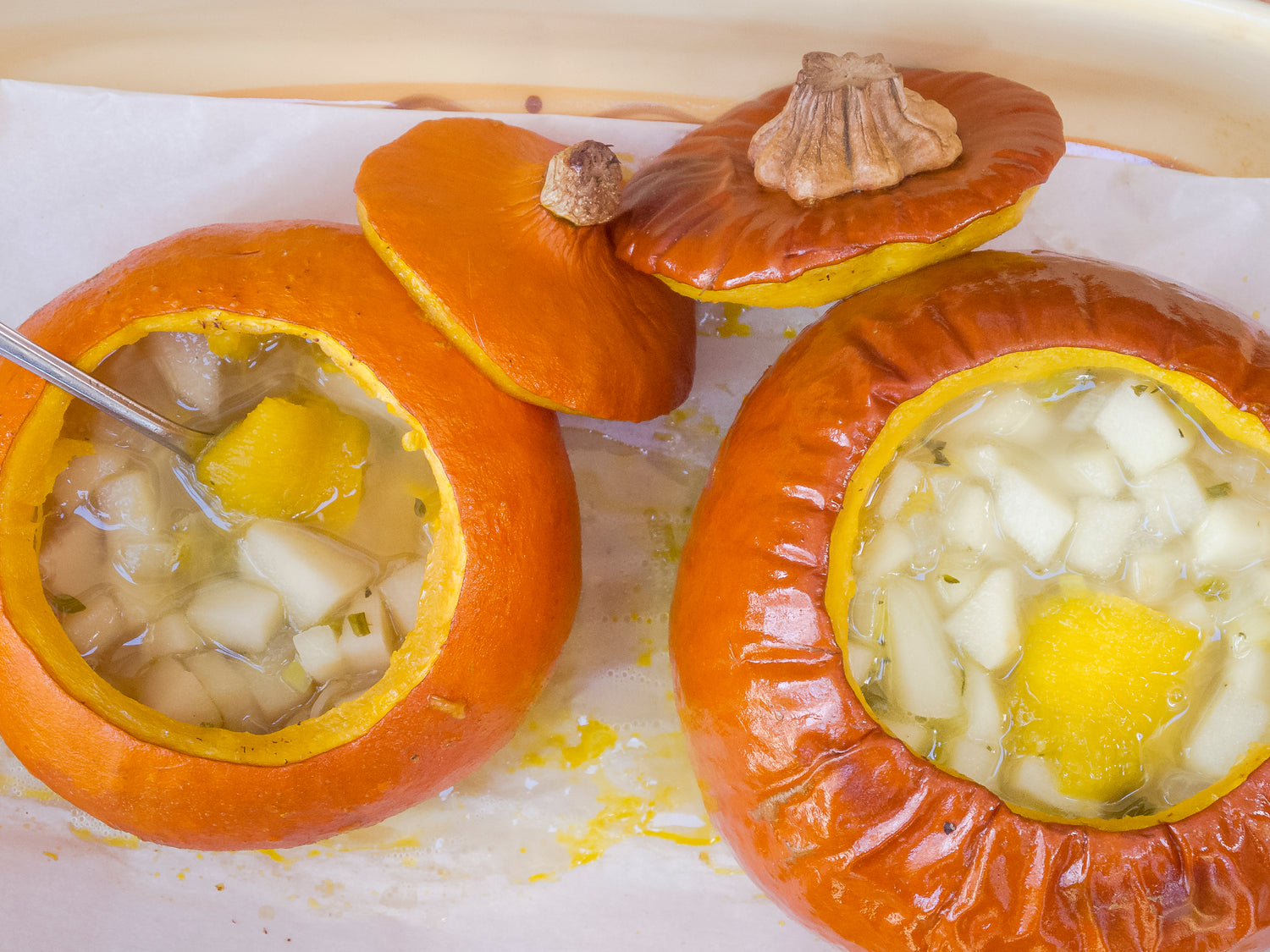
Food for thought
Seasonal Recipes
At Texas Gardener Magazine, we help you enjoy the fruits (and vegetables) of your labor with delicious, seasonal recipes in every issue. Our experts provide simple, mouth-watering ways to turn your homegrown produce into fresh meals for your family.

Selections from Past issues
Featured Articles
Explore and enjoy selected articles from our vast archive of past issues. Each article will provide you with the knowledge and inspiration you need to plan happiness in your Texas Garden.

Looking for Something?
Texas Gardener's Indexes
Since 1981, we have indexed each issue of our magazine. Through the years, our long-time subscribers have relied on this tool to help them quickly access the invaluable gardening information contained in each of the articles. Click the link below to make the most out of all of the magazines you have saved!
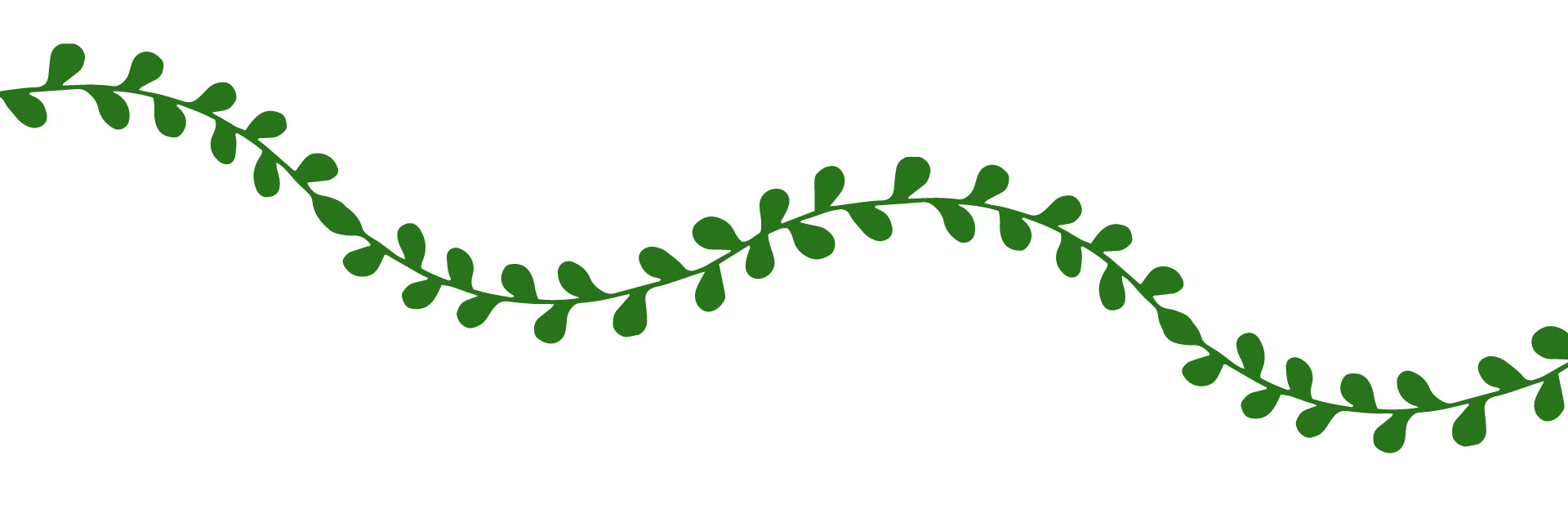
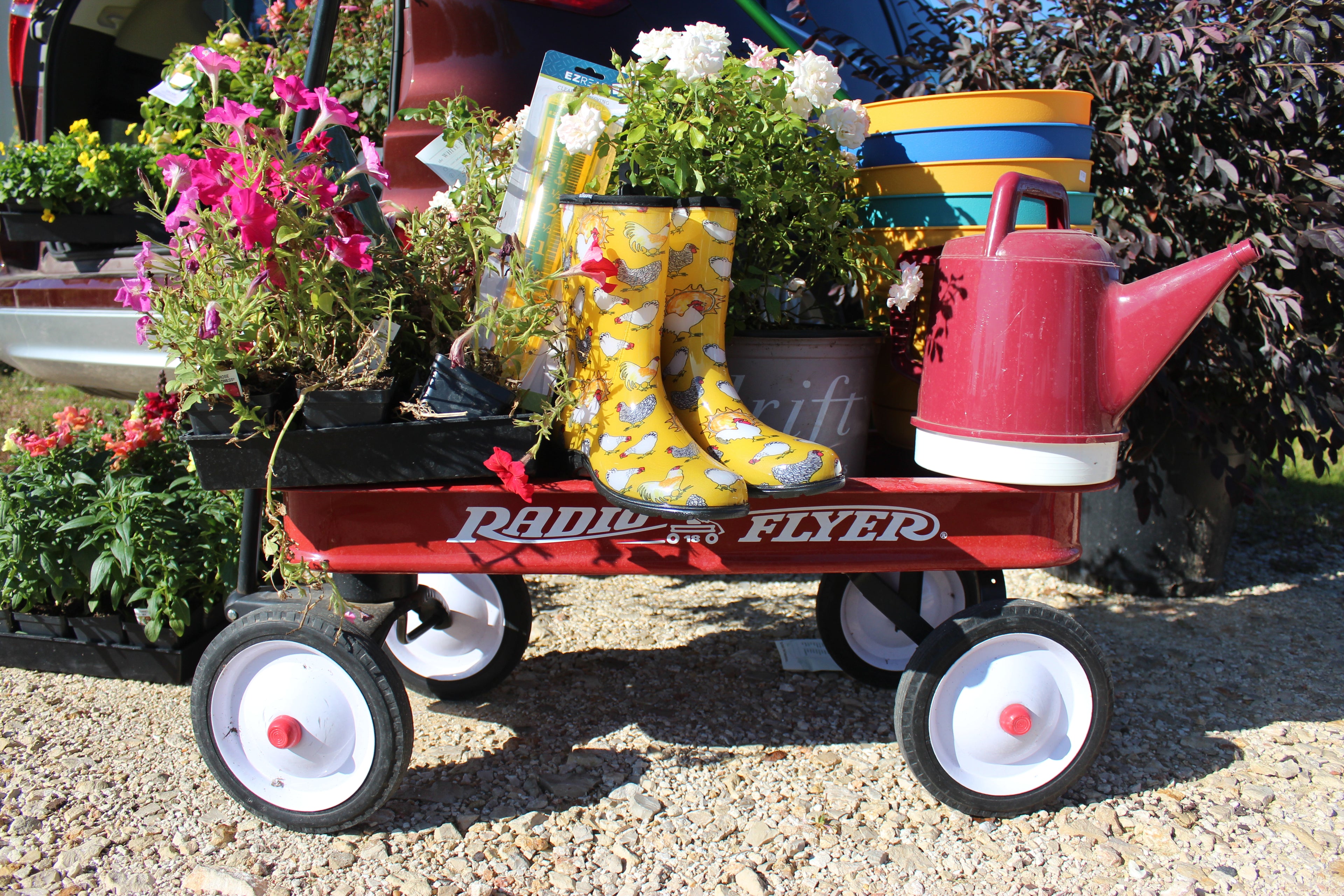

Subscribe to Seeds Our Weekly Newsletter
Get the latest gardening tips, seasonal advice, and expert insights delivered straight to your inbox with the Texas Gardener Magazine newsletter Seeds.
Support Our Partners
1
/
of
6












